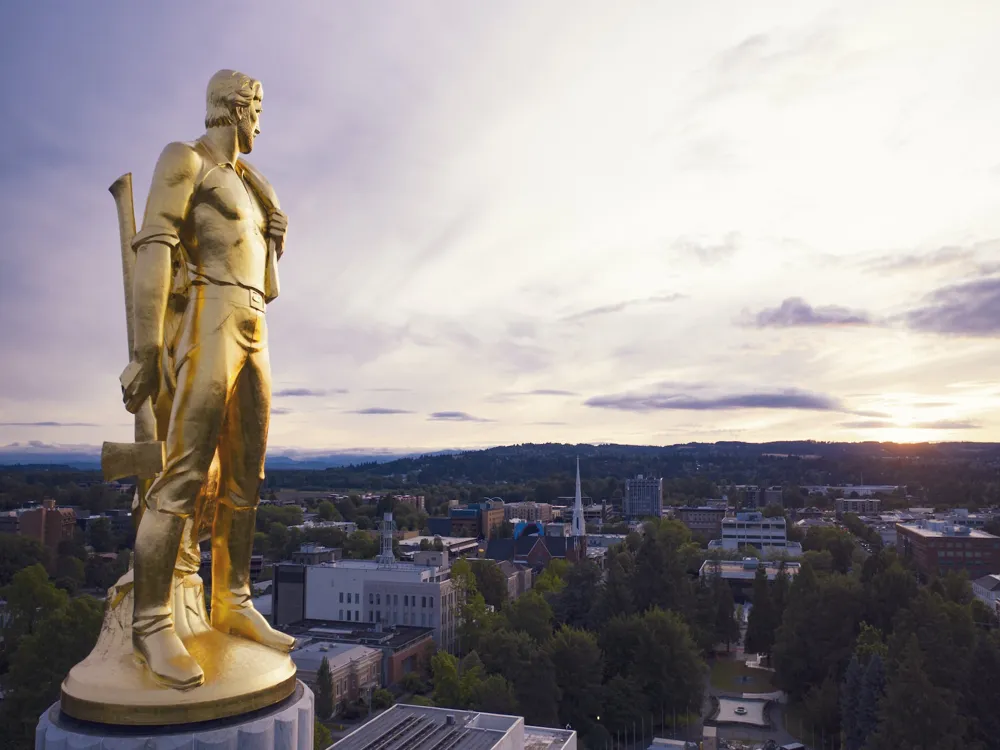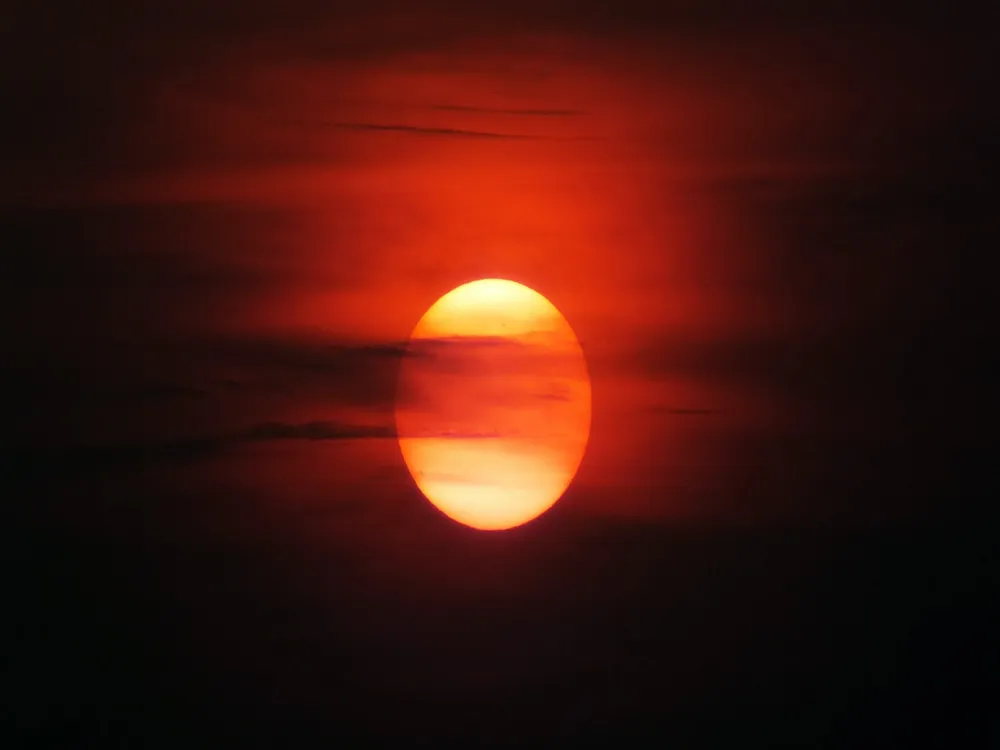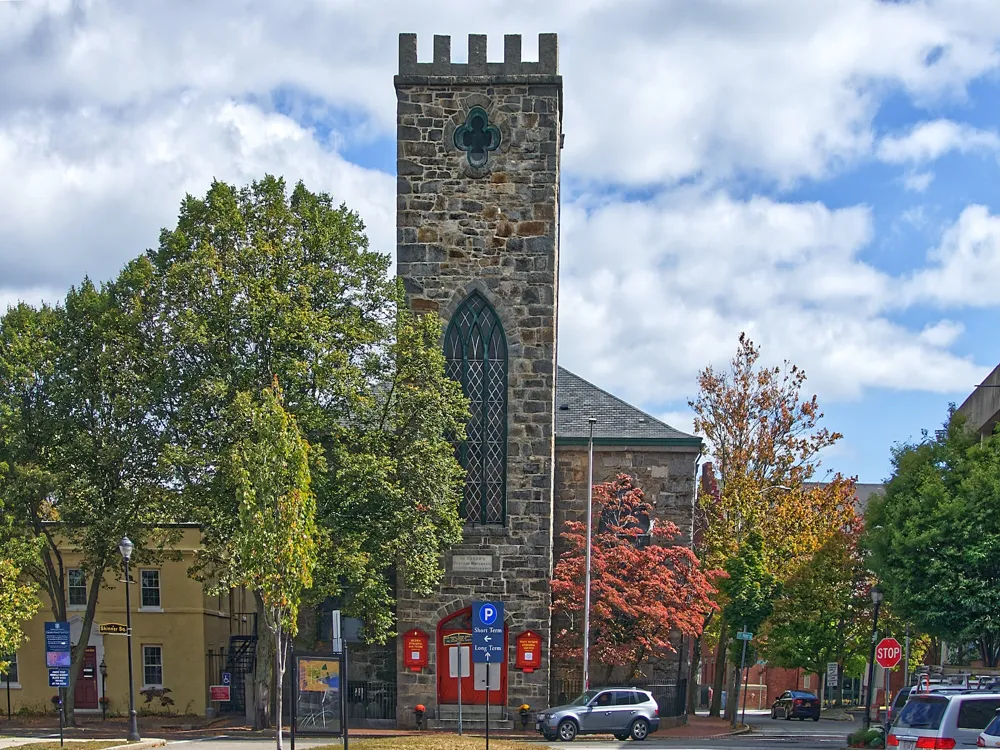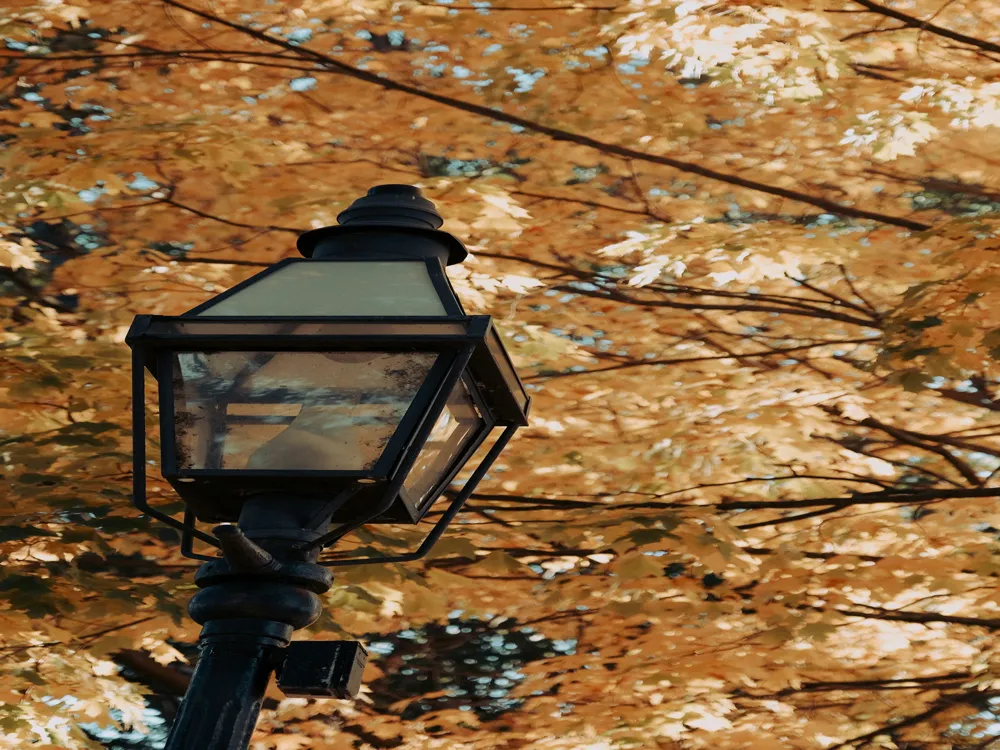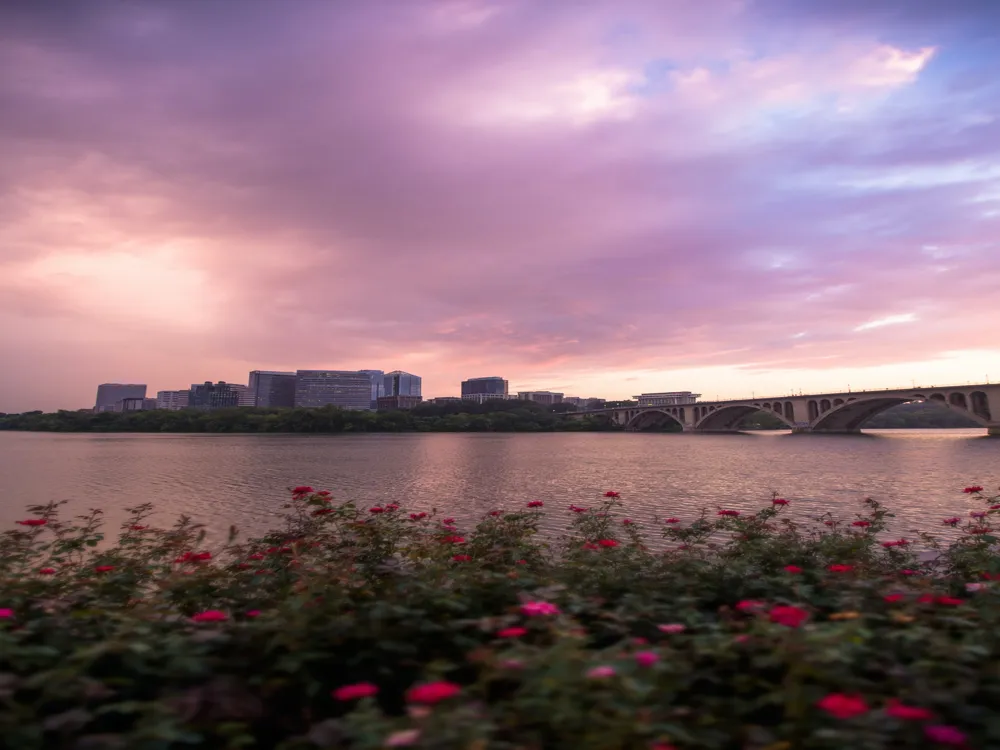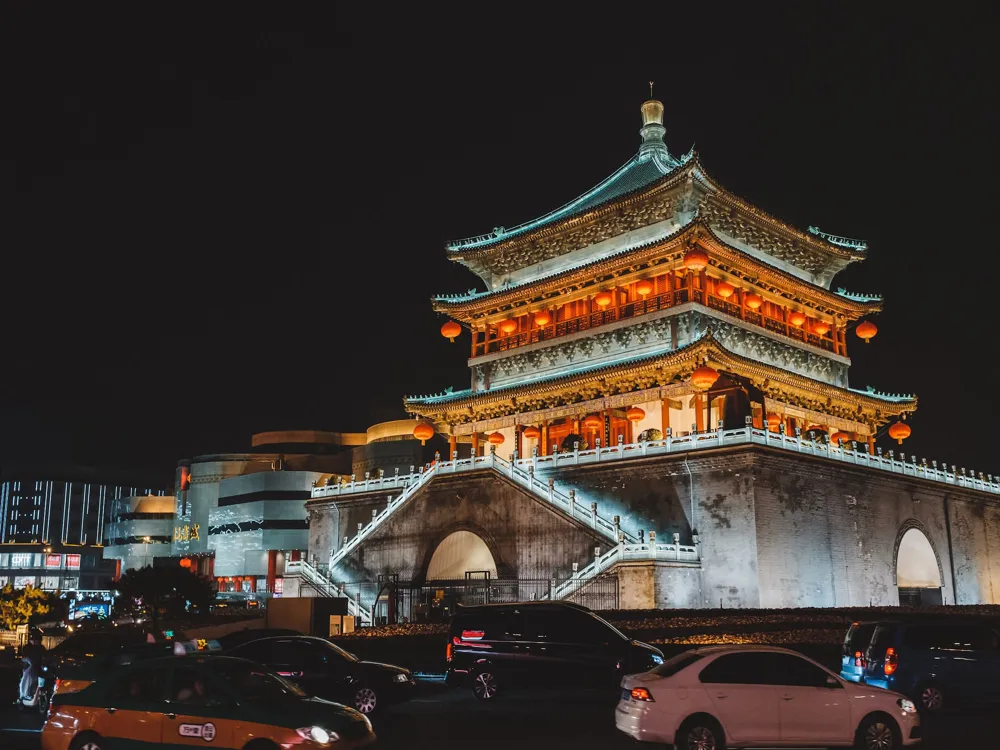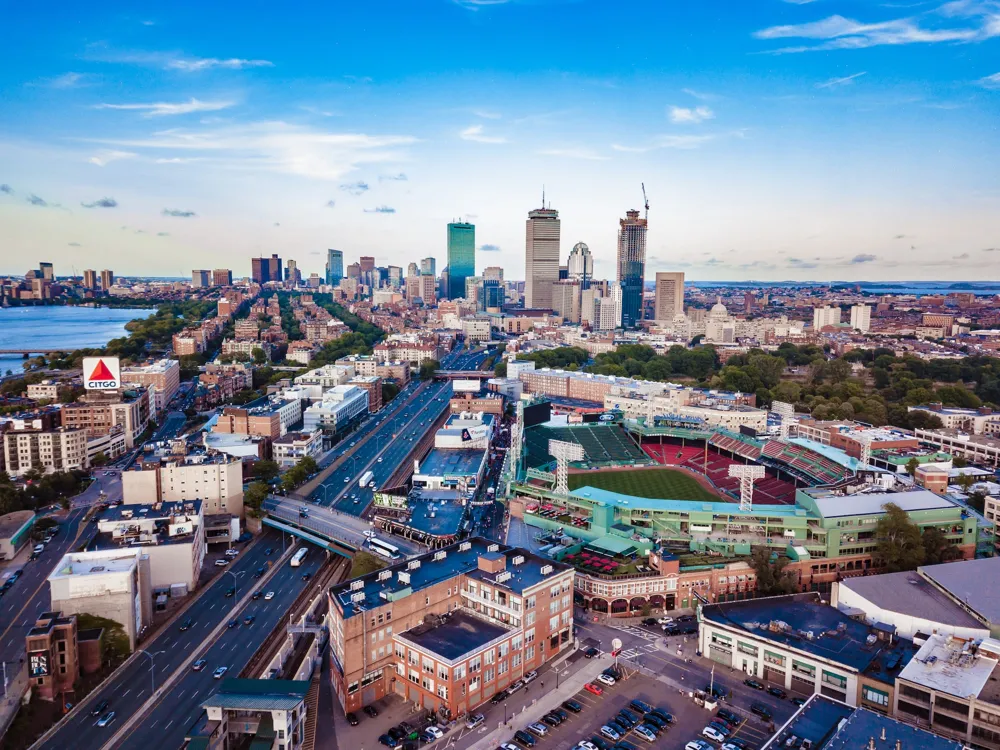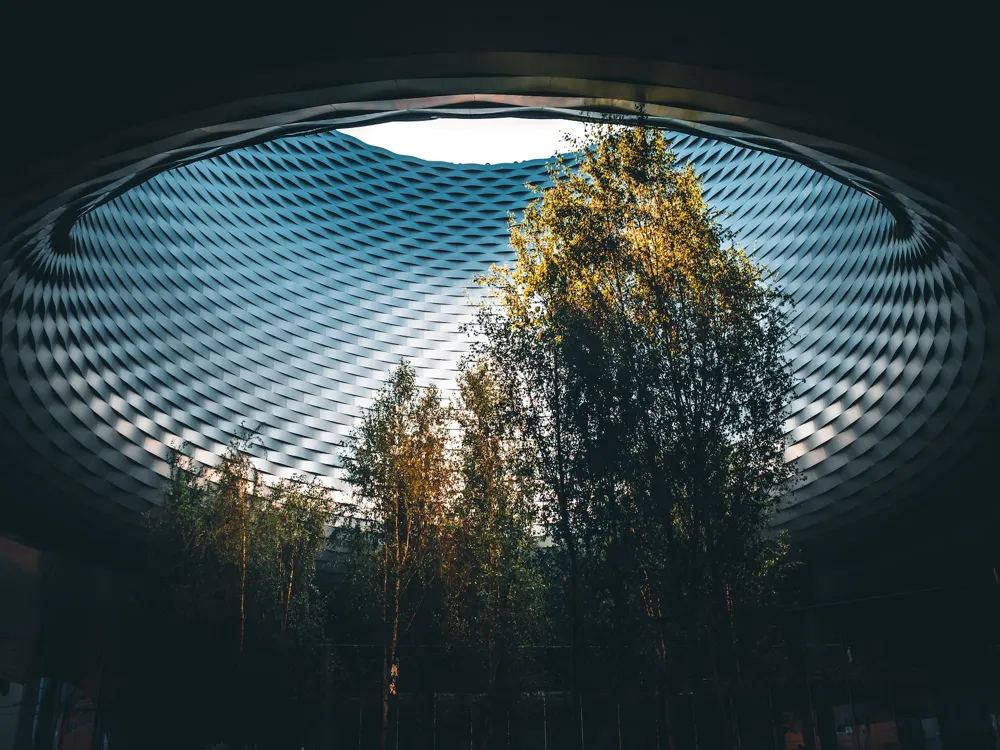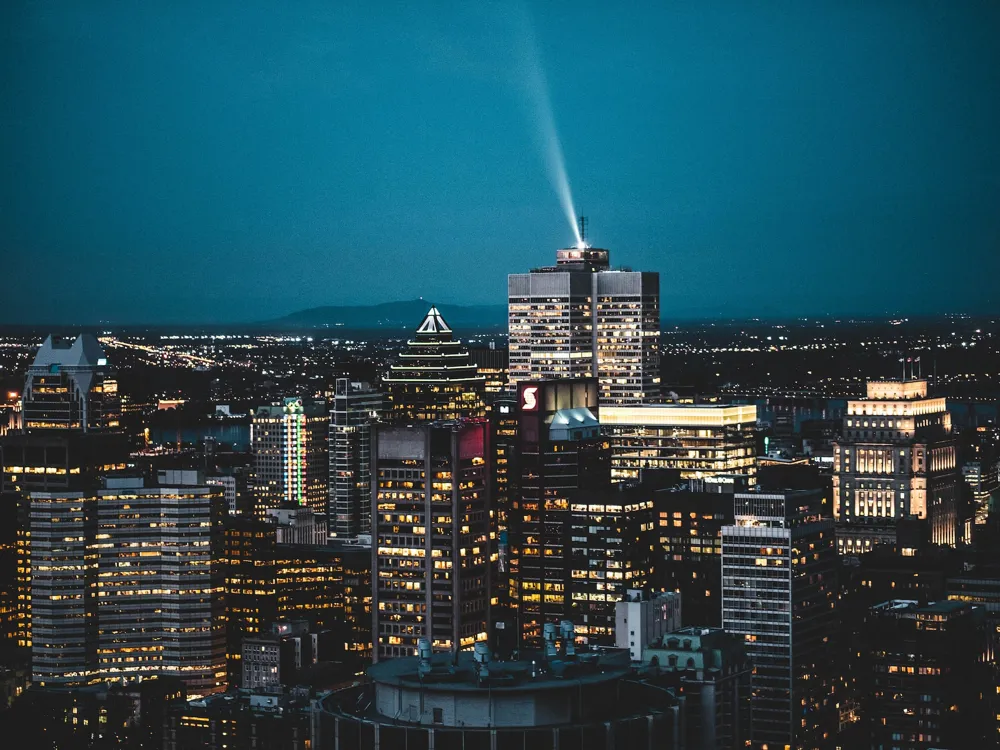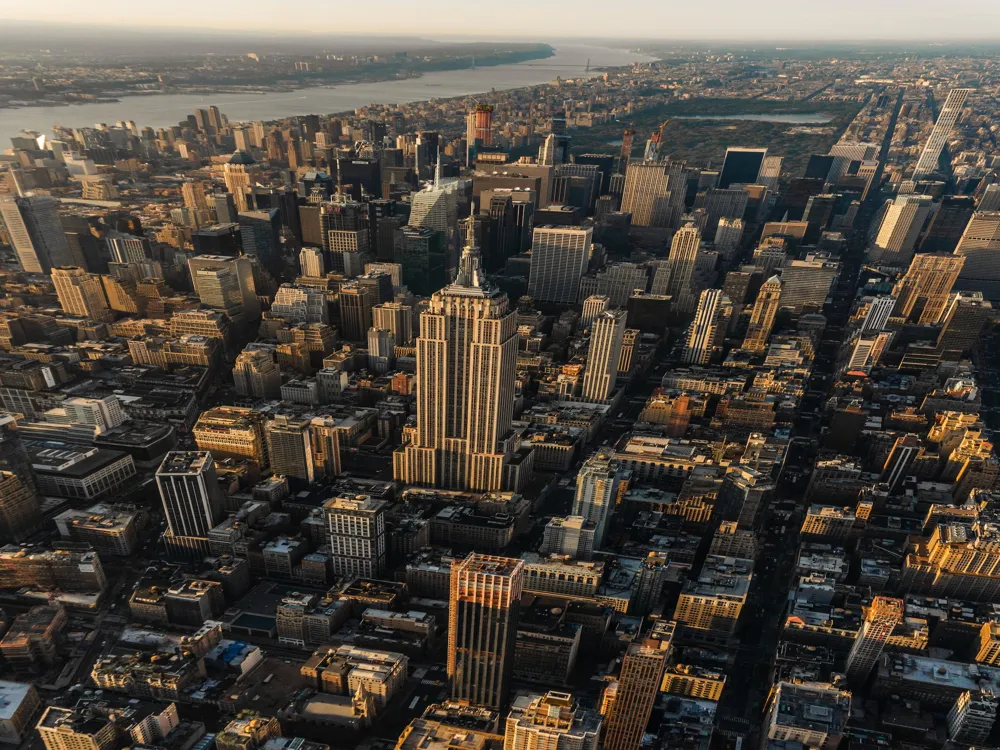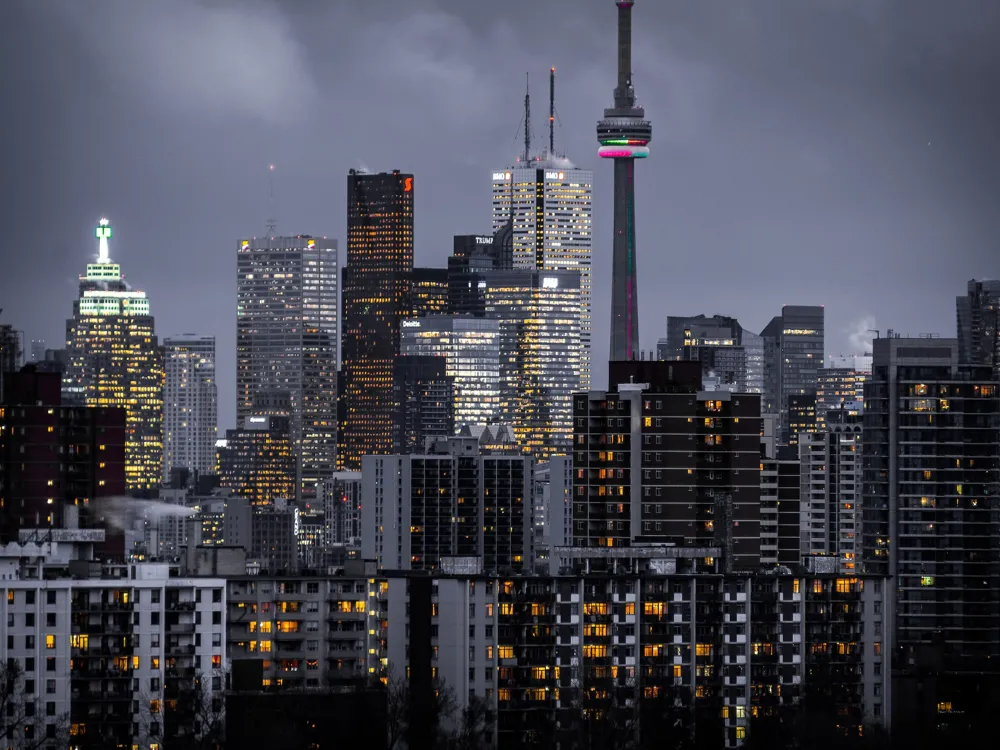Plan Your Travel To Salem
Places To Visit In Salem
Armenian Quarter of Jerusalem
The Armenian Quarter of Jerusalem, located in the southwestern corner, is one of the four sectors that make up the Old City. It houses the Armenian museum, library and the 12th century Cathedral of St. James. It is the perfect place to glimpse ancient architecture and meet some local friendly people.
The cobblestone paths of the Armenian Quarter of Jerusalem can be accessed through the Zion or the Jaffa Gates. It houses a thriving and vibrant community of Armenian Christians who first had a presence in the city around the fourth century. The quarter is said to be the oldest living Armenian diaspora community outside of the Armenian highlands. The Armenian Art Centre: Sandrouni Ceramics displays exceptional works of artisans and is worth checking out for traditional Armenian designs and ornaments.
Read More
Church Of The Holy Sepulchre
Church Of The Holy Sepulchre, also known as the Church of the Resurrection, is one of the holiest sites for Christians, located in the Christian quarter of the Old City in Jerusalem. It is revered as the site where Jesus was crucified and the tomb where He was buried and resurrected.
The Calvary is the most decorated part of the church and consists of 2 chapels with their altars, one Greek Orthodox and one Catholic. The tomb is now enclosed by a shrine called Aedicula, which is a small chapel with two rooms housing Angel’s stone. The Roman Catholic, Eastern Orthodox, and Armenian Apostolic hold daily Mass here. Another essential structure inside the church entrance is the Stone of Anointing, which displays mosaics depicting the anointing of Jesus’ body. The courtyard or Parvis of the church has numerous chapels on the eastern and western sides, including the Chapel of St.John and the Chapel of St.James the Just, respectively.
Read More
Temple Mount
Haram Al-Sharif, also known as Temple Mount or al-Aqsa Mosque, is a holy hill in the Old City of Jerusalem. It is considered the most sacred site in Judaism and consists of The Dome of the Rock, al-Aqsa Mosque, seven sealed gates, 4 minarets and other ancient buildings. Non-Muslims cannot access the Dome of the Rock.
The walls surrounding the compound reach their highest point, 65m, at the southeast corner. On the western and northern borders are 4 minarets constructed at different periods starting from 1278. It is an octagonal structure with a high dome and houses the Holy Rock and the Well of Souls, a cave beneath the rock where the souls of the dead are believed to come to pray. The platform has a circular domed building on the upper platform called the Dome of the Chain, where Solomon supposedly hung a chain that rose to heaven. The lower platform features the famous Al-Aqsa Mosque, which has a seven-aisled interior and an intricately designed mihrab. There are also beautiful gardens on the eastern and northern ends of the lower platform, an Islamic school and an ablution fountain. Entry to non-Muslims is allowed only through the Bab al-Magharibeh gate.
Read More
Kidron Valley
Kidron Valley or Qidron Valley lies northeast of Jerusalem’s Old City and separates the Temple Mount and Mount of Olives. The region is best known for historical attractions such as the three 2000-year-old tombs of Absalom, Jehoshaphat and Zechariah. Kidron Valley is also the site of the Akeldama Tombs. Guided tours of the valley are available.
The Tomb of Absalom, divided into two parts, features Ionic columns with a Doric frieze and Egyptian cornice, a chamber with two acrosolia and a conical roof with an Egyptian-style lotus. The Kidron Valley extends till the Dead Sea. It is a region of immense religious importance since it is believed that Jesus often crossed the valley, including after the Last Supper. There are observation points that overlook its many tombs and the Church of St. Mary Magdalene, which lies at a higher altitude across from the valley.
Read More
Mount Zion
Located outside the walls of the Old City in Jerusalem, Mount Zion or Mount Sion is a hill and the highest point in the region. It is a location of great religious significance since it has been mentioned in the Old Testament. One of its most important attractions is the Cenacle, a room where the Last Supper was held. Other attractions include King David’s Tomb, the Dormition Abbey and the Chamber of the Holocaust, a small museum.
There is also a Catholic and a Protestant cemetery on Mount Zion where notable people from the 19th and 20th centuries are buried. It is also the site of several ancient dressed rocks. A large portion of rock scarp, which is said to be part of Josephus's First Wall, can be found here too. There are private walking tours available too.
Read More
Muslim Quarter of Jerusalem
The Muslim Quarter is one of the four sectors of Jerusalem’s Old City. Situated on its northwestern side, it is also the largest and most populated of the four. It is popular for the open plaza of Temple Mount that houses the Al-Aqsa Mosque, Dome of the Rock and Dome of the Chain. There is also a shuk (market) with stalls selling fruits, vegetables, spices, clothes, household items, religious items, etc.
Three of the City’s gates, namely Lion’s Gate, Damascus Gate and Herod’s Gate, open into the Quarter. The Muslim Quarter is known for a few Jewish attractions, including the Western Wall Tunnels that comprise a section of the Second Holy Jewish Temple’s last remaining wall. The Western Wall begins above ground in the Jewish Quarter and continues underground beneath the Muslim Quarter. A small portion of the Little Western Wall (Kotel Katan) can be found here too. It is also famous for Christian attractions such as the Church of St. Anne’s and the first seven stations of the Via Dolorosa, which is the route taken by Jesus Christ.
Read More
Jerusalem Biblical Zoo
The Jerusalem Biblical Zoo or the Tisch Family Biblical Zoo is known for its Afro-Asiatic wildlife. Situated in the Malha neighbourhood, it is spread across two floors. The lower level features an artificial lake and two monkey exhibits surrounded by pools and waterfalls amidst green lawns.
At the western end is a wooden centre resembling Noah’s Arc, which houses an auditorium, a gift shop and computer stations providing information on Biblical animals. The animals are kept in open spaces, and the visitors can head to Lemur Land or the Children’s Zoo to pet and feed some species, including sheep and rabbits. With over 270 different animal species, the zoo aims to conserve endangered species and provide public education by holding informational activities for school groups.
Read More
Via Dolorosa Jerusalem
Via Dolorosa, also known as the Way of the Cross or the Way of Sorrow, is a narrow processional stone path in the Old City of Jerusalem. Starting from Antonia Fortress and to the Church of the Holy Sepulchre, the route holds religious value for being known as the path that Jesus took on the way to his crucifixion.
Every Friday, a Roman Catholic procession headed by Franciscan friars walks along the route, and many re-enactments of the city’s historically significant events occur regularly. Established in the 18th century, the current Via Dolorosa has fourteen Stations of the Cross, a series of pictures depicting Jesus on the crucifixion day. Nine stations are outside, while five are inside the Church of the Holy Sepulchre. Modest clothing is advised.
Read More
Salem Travel Packages
View All Travel Packages Salem
Nearby Places Salem
Browse Package Collections
Browse Hotel Collections


